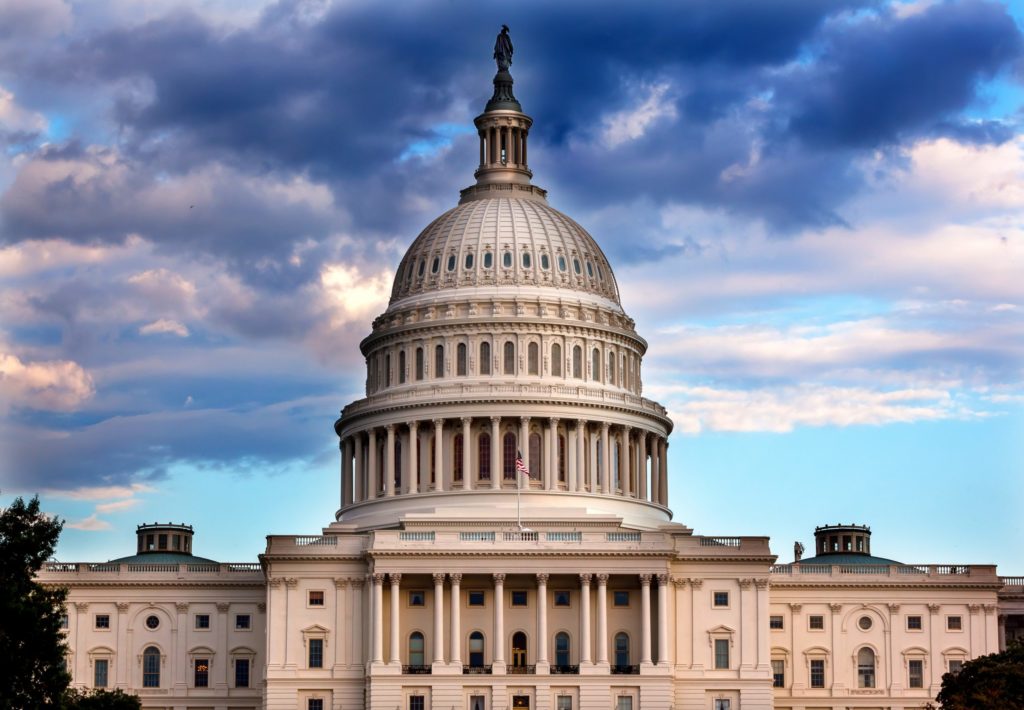Biden’s Immigration Enforcement Changes Will Improve Public Safety
The Biden Administration recently announced two immigration enforcement policies that are considerable changes from the Trump White House’s approach. While detractors will likely allege weakness and sound the “open borders” alarms, these new policies will better protect public safety than those of the prior administration.
The new administration announced its first major border security change when the Justice Department repealed the Trump administration’s controversial “zero tolerance” policy — which was also responsible for the child separation scandal that occurred in 2017 and 2018. Under this policy, federal prosecutors were forced to pursue criminal prosecutions for all first-time illegal entrants referred to them by Immigration and Customs Enforcement (ICE). This policy proved a remarkable departure from those of prior administrations, which would still deport individuals lacking valid claims to stay but would reserve criminal prosecutions for more serious offenders — like human traffickers or cartel members smuggling weapons and drugs.
Supporters of zero tolerance claimed such a policy was necessary to uphold the law, but as many law enforcement officials will attest, reserving resources for the most pressing public safety threats is a fundamental element of upholding the law. Rather than intimidating and preventing Central American families from seeking asylum in the United States — the policy’s purported goal — zero tolerance filled up the federal court docket with an unprecedented number of these first-time offender, illegal entry cases. By November of 2018, immigration prosecutions climbed to just under 70 percent of all criminal prosecutions in federal court.
Unsurprisingly, shifting federal prosecutors’ caseload to low-level cases had grave implications for public safety. As immigration prosecutions soared, prosecutions for non-immigration crimes — such as weapons and narcotics trafficking and corporate fraud — plummeted.
Indeed, days after the zero tolerance began, a Justice Department supervisor in San Diego warned that low-level immigration cases “will occupy substantially more of our resources” and that prosecutors would be “diverting staff, both support and attorneys.” A leaked Justice Department Inspector General report claimed that law enforcement officials were “stretched too thin” by the zero tolerance policy, potentially leading to some serious sex offenders being released.
The second major enforcement change will shift ICE enforcement priorities to focus on dangers to national security, serious public safety threats and recent border crossers. Not only do these changes reallocate prosecutorial resources to more urgent cases, but they will also alter which immigration violators are arrested and deported from the interior of the country.
Under the Trump regime, ICE’s priorities included any person who has ever been charged or arrested for a crime, or who has been ordered removed from the country, effectively leaving those charged with interior enforcement without meaningful guidance. This “arrest them all” approach, coupled with the zero-tolerance rhetoric of punishing low-level offenders, virtually guaranteed that ICE would focus on rounding up individuals who do not pose a threat to society.
The most recent data back up this claim. Immigrants convicted of level three crimes — ICE’s least serious public safety category comprised of low-level infractions like traffic offenses and illegal entry — made up the largest category of ICE arrests during Trump’s tenure. Together, level three arrests and arrests of those with no criminal convictions accounted for 59 percent of all ICE arrests. Level one arrests — the most serious conviction — constituted less than a third of arrests.
During the first fiscal year of Trump’s presidency, human-smuggling cases launched by Homeland Security Investigations (HSI) — ICE’s investigative arm tasked with launching resource-intensive, serious criminal investigations — dropped almost 60 percent. A former, high-ranking HSI told reporters “The emphasis on low-level enforcement is detracting from the mission of going after the smuggling rings.” The situation was apparently dire enough to prompt 19 HSI special agents to write a letter asking then-DHS head Kirstjen Nielsen to separate HSI from ICE, as the agents felt the broader organizational focus on lower-level violators was harming its reputation and ability to effectively carry out its mission.
The overwhelming amount of empirical evidence reveals immigrants — both legal and illegal — commit crimes at far lower rates than their native-born peers, but serious criminals exist in immigrant communities just as they do in any other community. It is crucial that political leaders allow law enforcement agents to focus their efforts on those offenders who pose the greatest safety risk. Conversely, a large majority of illegal immigrants actually came here legally — for example, with a work visa that they overstayed — and it would be a more prudent use of taxpayer dollars to allow them to get back into legal status rather than dedicating scarce law enforcement resources to arresting, charging and deporting them.
Policymakers should cultivate a system that both protects the country from dangerous criminals and allows otherwise law-abiding immigrants to earn legal status and pursue the American dream. The Biden White House has put forth two new policies that could do just that.









